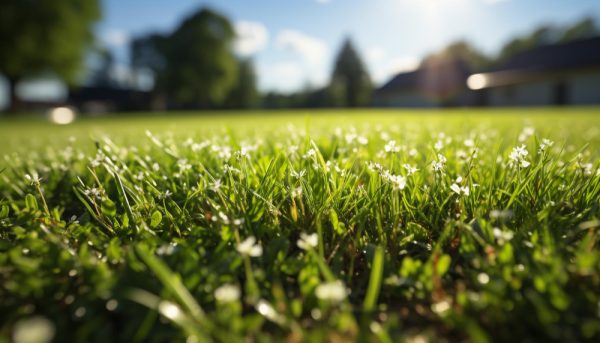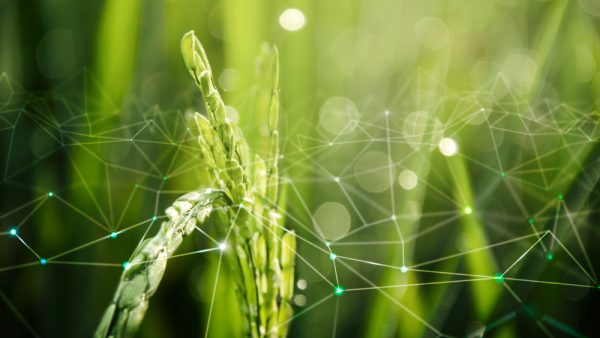When they suggested I get on board the natural grass production boat a little over eight months ago, I took it as a professional challenge where I could learn about a part of the sector that I didn’t know personally.
The project that Novogreen presented to me, with the advice of Acttua Golf Services, was very appealing. I remember the words of the Novogreen management team, insisting that the goal was to work on production nurseries the same way that work is done at golf courses: with attention to detail and daily preparation.
This seemed like a beautiful challenge for the following reasons: the number of varieties (17, in Novogreen’s case), the attempt to achieve the quality required, the possibility of doing tests and trials on different products, and having the opportunity to witness the nursery’s development.
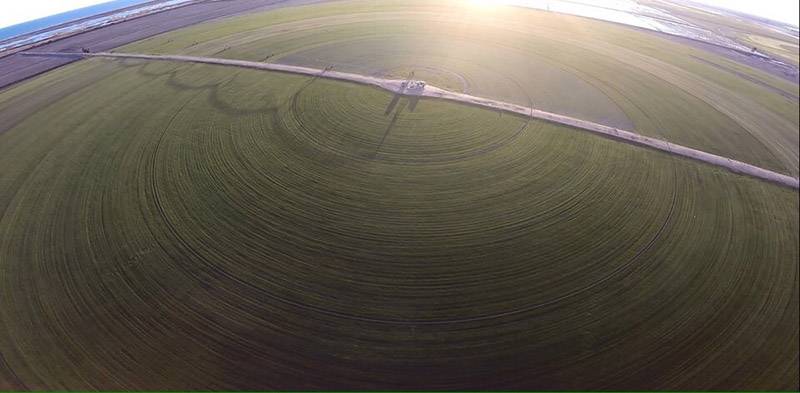
At first, you might think that what a golf course and a nursery have in common is everything related to boosting density and visual quality. One difference, however, is that mowing frequency and quality at a nursery is essential, because most of the plant’s reserves must be allocated to generating both roots and density. The rest of the treatments, like fungicides and herbicides, are of course exactly the same.
As for the big differences, the most striking one is the machinery. In a nursery everything is large-scale, and since we have an extensive area, having efficient machines is essential. Most mowers, both helical and rotary, are nine-unit tractor-drawn ones that make a five-fold of streets look very small in comparison, although of course, we also have quintuplets, triplets and even manual mowers for specific crops. Special care must be taken inside the machines when changing the variety to be cut. We have to avoid possible contamination, which is why we’ve established rigorous mechanisms in the washing process.
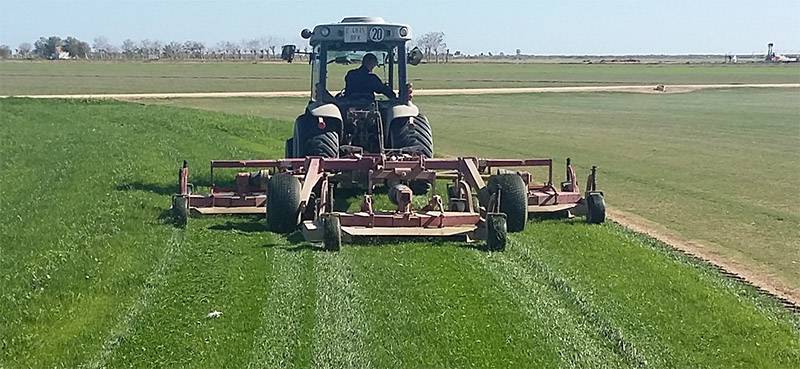
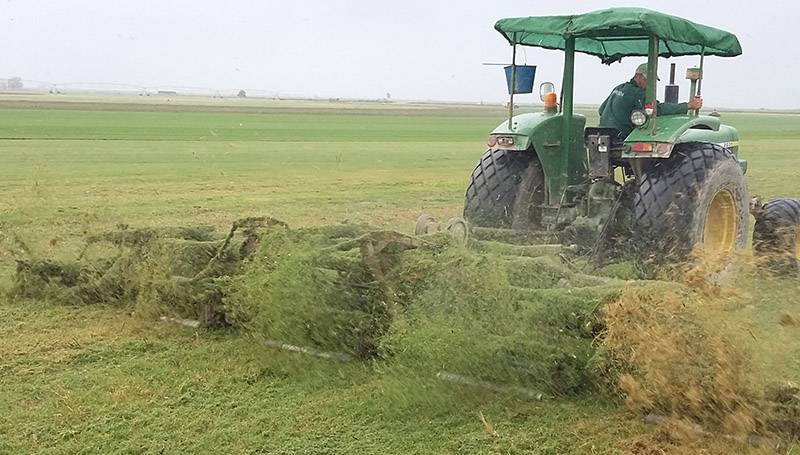
Another difference with respect to golf courses is irrigation. All our nurseries are irrigated via the operation of a central pivot. Adapting to the fact that the complete irrigation cycle takes 14 hours, and that you can only choose the rotation direction when prioritizing one area over another, makes moisture management tricky at first. To make things even more complicated, it’s important to take into account that within the same space we have different varieties with different water needs, and here the option of giving a three-minute spritz in the middle of summer is not possible. However, we have some advantages, such as being able to cover an area with water in a moment of need, and the fact that our buggies do not leave marks.
We also have some areas with sprinkler irrigation whose management is similar to that of a field/course. All this makes the organization of many tasks different to a field/course, where the game itself affects the surface. Either way, we must adapt to the limitations imposed by our irrigation system, programming fertilization and the different treatments that should be irrigated depending on how long it takes the water to reach the area.
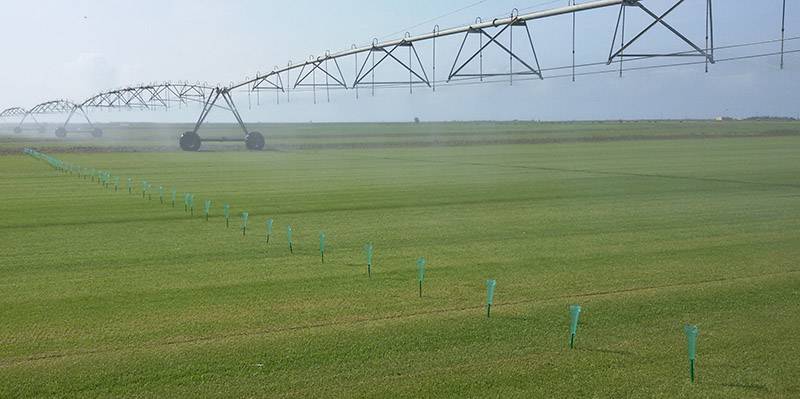
Of course, one of the most important aspects of the business was totally foreign to me when I first arrived: sod harvesting. The combination of endless night shifts in the middle of summer to extract the sod at the lowest possible temperature, and the need to coordinate everything with the logistics department to make deliveries as promptly as possible and in the best conditions, can make things challenging.
I have seen sod rolls overheat, eggs hatch, and diseases develop in the truck during the trip. Despite no visual trace of any of them at the nursery, these problems occasionally arrive when the sod reaches the customer. Fortunately, as time has passed, we’ve learned how to solve this via preventative treatments in sod harvesting areas.
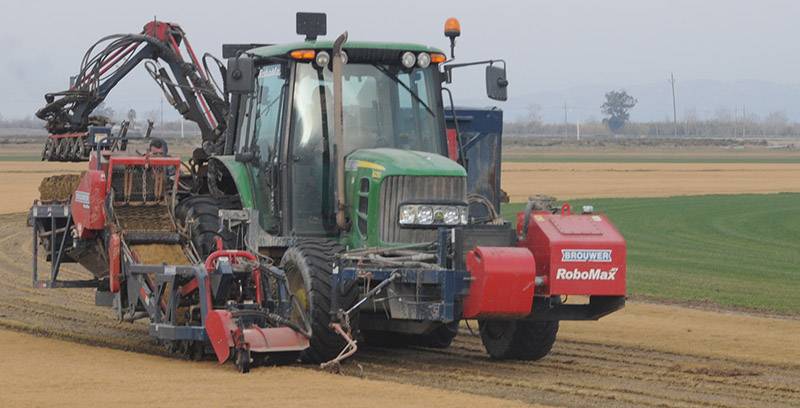
Having automated machines makes our work very easy and allows us to extract up to seven or eight standard roll trucks in one night at the Tarragona nursery. We do extractions of cuttings, plugs, and rolls measuring 0.75 m. and 1.20 m., and we have one of the few European sod washers able to deliver bare-root sod.
Another difference is the possibility of working the soil once the grass has been removed, being able to perform different cultural tasks to break down the soil, oxygenate, apply amendments, and work with the deficiencies or excesses of some elements in the soil that limit our production. We dedicate many resources to soil preparation in the period prior to seeding, since good/homogeneous emergence will largely depend on it, which will lead to good production in the following months.
In this time at the nursery, we have also done a myriad of tests and trials with herbicides, growth regulators, fungicides, fertilizers, amino acids, hormones, etc.
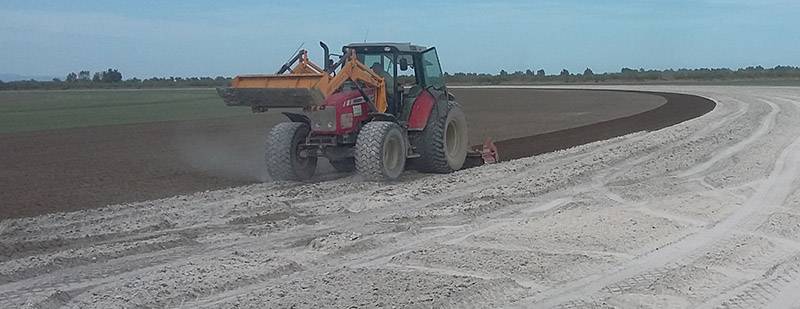
All things considered, I think that under Javier Gutierrez’s guidance, we are generating a working methodology at the nursery that’s very similar to a golf course, transitioning from more agricultural work to obtaining higher efficiency and final product presentation, therefore fulfilling the needs identified by Novogreen management.
Pablo Lasuén Gijón
Novogreen Production Department

